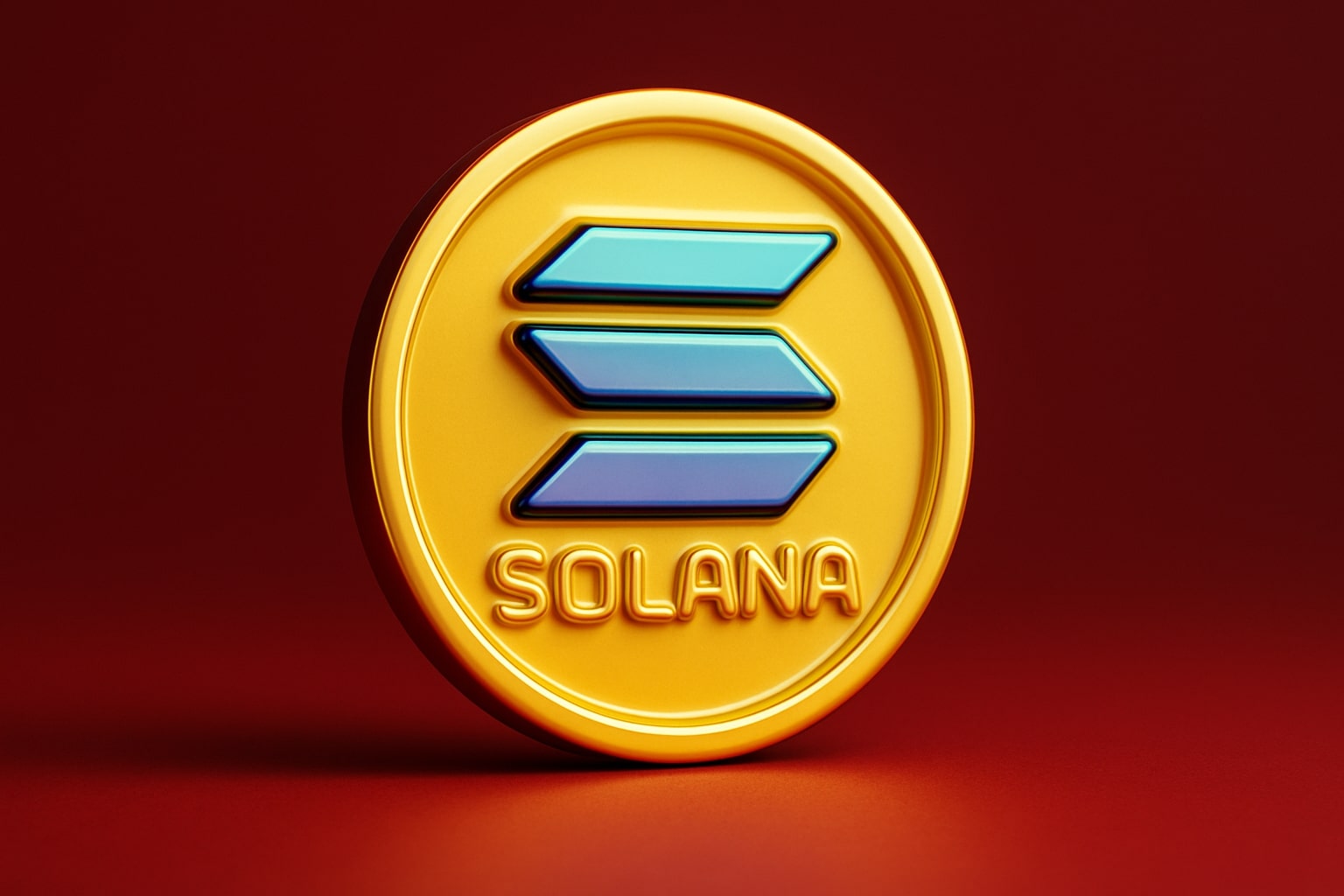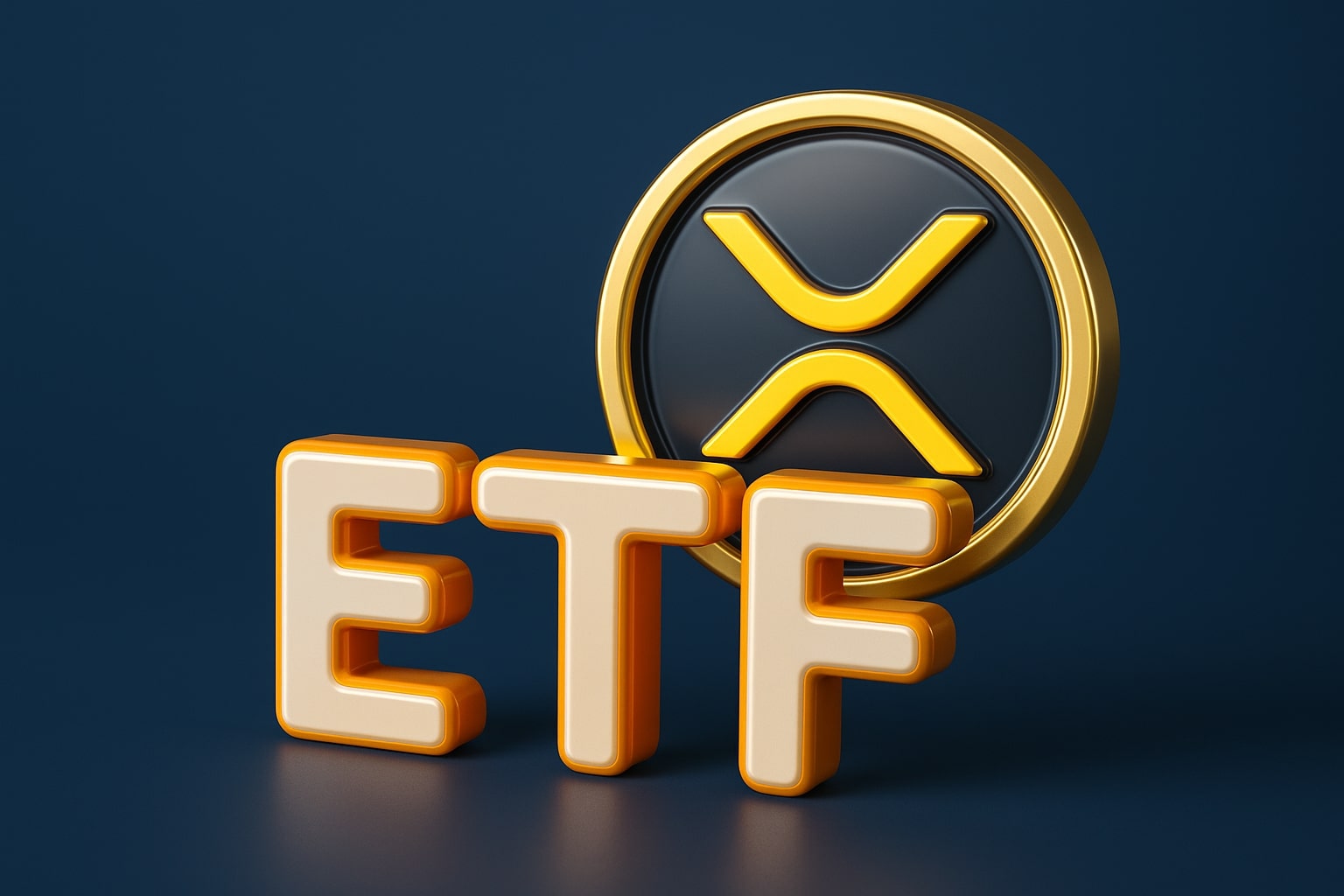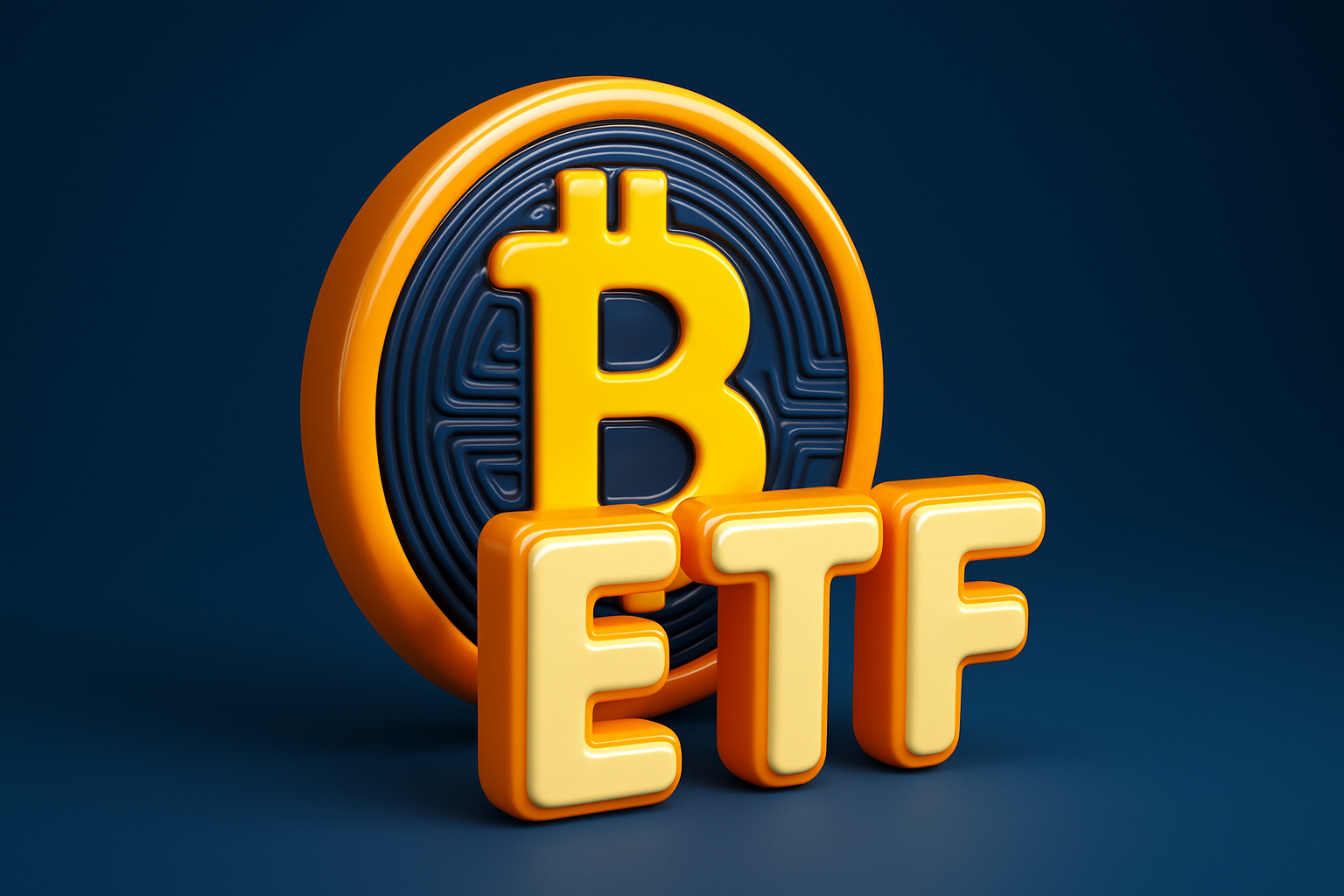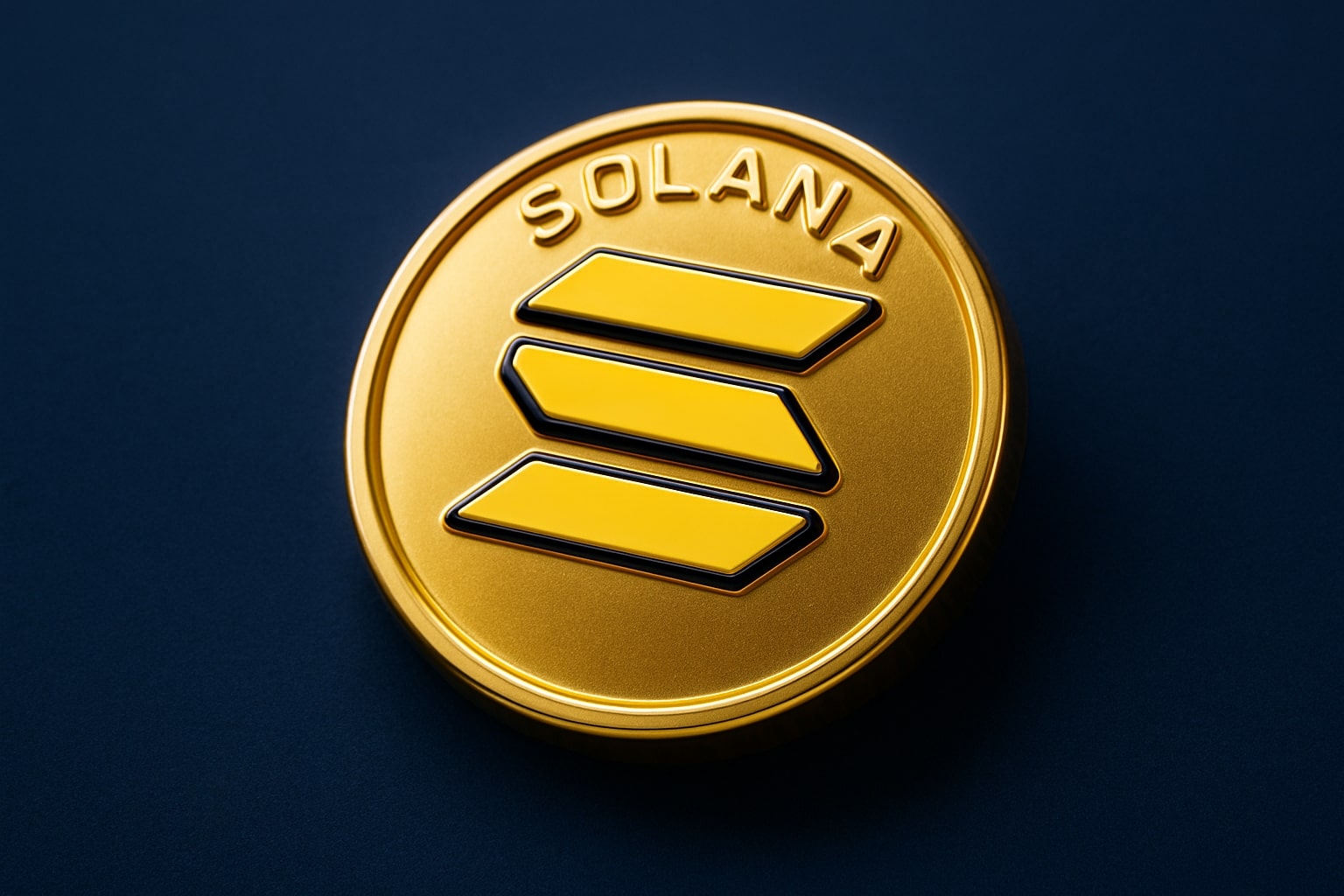
Solana Price Forecast - SOL-USD Steadies Above $200 as Whale Inflows and Korean Stablecoin Deal Signal $300 Target
After a volatile selloff, Solana regains momentum with 4.2M SOL whale accumulation, $400M ETF stability, and a $2B Korean partnership expanding stablecoin adoption; analysts watch $235 resistance for confirmation of a new bullish wave toward $300 | That's TradingNEWS
Solana (SOL-USD) Holds $200 as Korean Stablecoin Push, Whale Accumulation, and CME Options Fuel Institutional Momentum
SOL-USD Defends $200 Amid Heavy Market Volatility
Solana (SOL-USD) is trading around $200.55, rebounding nearly 3% after last week’s sharp selloff that dragged the token to $178. Despite remaining 14% lower over the past week, the network’s strong fundamentals, institutional inflows, and on-chain resilience have positioned Solana as one of the most structurally robust assets in the post-crash crypto landscape.
The rebound coincides with renewed whale accumulation, surging exchange volumes, and the Solana Foundation’s expanding footprint across Asia through its KRW stablecoin partnership—a development that has revived confidence among institutional investors and market participants.
Korean Stablecoin Partnership Anchors Institutional Expansion
On October 14, the Solana Foundation formalized a strategic memorandum of understanding with Wavebridge, a leading South Korean blockchain infrastructure company, to jointly develop a Korean won (KRW) stablecoin and tokenized financial products.
The partnership’s framework focuses on four strategic fronts: developing a tokenization engine for stablecoin issuance, co-running compliance and verification systems, advancing tokenized money market fund initiatives, and launching on-chain education programs for South Korean financial institutions.
Wavebridge—known for handling over $2 billion in monthly crypto flows—provides institutional-grade payment rails, while Solana offers the high-performance blockchain layer. Together, they aim to deliver regulatory-compliant tokenized finance solutions across Asia’s third-largest economy.
This initiative positions Solana as a critical infrastructure provider for regulated digital finance in Korea, where domestic adoption of blockchain payments continues to accelerate. Analysts view this as a major long-term catalyst, solidifying Solana’s foothold in institutional DeFi.
Stablecoin Flows Confirm Network Strength
Data from Artemis Analytics shows Solana leading the market in 24-hour stablecoin inflows, neck and neck with Ethereum, while competitors like Tron recorded net outflows. This surge in stablecoin supply on Solana’s network signals rising capital efficiency and real-world utility.
Such inflows are a leading indicator of future transaction demand, suggesting that institutions are increasingly using Solana for settlements, yield strategies, and DeFi liquidity provisioning.
The latest stablecoin data supports a bullish structural thesis: Solana’s stablecoin activity now accounts for roughly 37% of its total Q3 2025 revenue, estimated at $223 million, according to ARK Invest. This metric underscores Solana’s shift from a speculative ecosystem to a utility-driven network that generates recurring economic throughput.
CME Options Boost Solana’s Credibility Among Institutions
Adding to Solana’s institutional credibility, the CME Group introduced CFTC-regulated Solana options earlier this year, expanding its crypto derivatives roster beyond Bitcoin, Ethereum, and XRP. Since March, CME has reported more than 540,000 SOL contracts traded, representing over $22.3 billion in notional value.
This milestone significantly enhances market liquidity and positions Solana as the fourth most traded crypto in institutional derivatives markets, surpassing long-time competitors like Cardano and Avalanche.
The introduction of regulated options enables hedge funds, banks, and proprietary trading firms to gain structured exposure to SOL without relying on spot exchanges, increasing both transparency and institutional trust in the asset.
Whale Accumulation Highlights Deep Conviction
Despite the recent $624 million in total crypto liquidations, whale wallets have added 4.2 million SOL—worth roughly $823 million—since October 10, according to on-chain data from Arkham and Hyperliquid. Exchange outflows of $27 million indicate that large holders are moving tokens into cold storage, signaling accumulation rather than distribution.
Top whale wallets now control roughly 33% of Solana’s circulating supply, a high concentration that reflects conviction but also introduces potential short-term volatility risk if these addresses rotate into profit-taking.
Still, the overall pattern—coupled with stable ETF positions and strong decentralized exchange volumes—suggests whales are treating the latest dip as a buying opportunity ahead of a potential breakout.
ETF and Treasury Data Reinforce Institutional Confidence
Solana’s sole U.S.-based spot exchange-traded fund (ETF) maintained $400 million in assets under management (AUM) despite the global market pullback. The absence of major redemptions signals that institutional investors remain confident in Solana’s mid-term trajectory.
In parallel, data from CoinGecko shows that nine corporate entities have collectively converted into Solana treasury firms, collectively holding over $2 billion in SOL assets. These holdings represent 2.46% of total supply, led by Forward Industries and DeFi Development Corp, whose exposure exceeds 1.2% each.
This shift demonstrates Solana’s growing acceptance as a balance-sheet asset among blockchain-native enterprises—acting as a functional proxy for an institutional-grade ETF in the absence of multiple U.S. listings.
Technical Landscape: $200 Key Support, $235 Breakout Target
From a technical perspective, SOL-USD has rebounded from its $172 low, reclaiming both the 200-day EMA at $186.68 and the psychological $200 level, which has acted as pivotal support throughout 2025.
The Relative Strength Index (RSI) currently reads 43.47, suggesting neutral momentum with room for recovery.
Key resistance levels lie at $208, $225, and $235—the latter marking the upper boundary of the current consolidation range. A confirmed breakout above $235 could open the path toward $250–$280, aligning with a projected run-up to $300+ if institutional inflows persist.
Conversely, failure to hold above $190–$195 could reignite downside momentum toward $172, where the previous liquidation bottom was formed.
Read More
-
FDVV ETF Surges 129% in 5 Years — Fidelity’s Dividend-Tech Hybrid Trades Near $55.46 with 3.10% Yield
06.11.2025 · TradingNEWS ArchiveStocks
-
Ripple’s XRP ETFs XRPI & XRPR Eye $25 as U.S. Approval Nears — Institutional Filings Ignite Massive Market Shift
06.11.2025 · TradingNEWS ArchiveCrypto
-
Natural Gas Price Forecast - NG=F Surges to $4.32 as U.S. LNG Exports Hit Record Levels and Storage Tightens
06.11.2025 · TradingNEWS ArchiveCommodities
-
USD/JPY Price Forecast - Yen Consolidates Around 153.60 as Range Breakout Setup Drive Market Focus
06.11.2025 · TradingNEWS ArchiveForex
Macro Environment and Trade Tensions Shape Short-Term Volatility
Broader macro dynamics continue to influence crypto performance. The escalating U.S.–China tariff conflict—with both sides imposing new port fees and export restrictions—has triggered risk-off sentiment across equities and digital assets.
This week’s trade developments have erased nearly $19 billion in crypto market capitalization, with Bitcoin (BTC-USD) falling below $112,000 and Ethereum (ETH-USD) retreating toward $4,100.
While these pressures have capped Solana’s upside in the short term, its relative outperformance underscores growing investor differentiation. Unlike speculative assets, Solana’s integration with real-world finance—through stablecoin issuance, regulated derivatives, and institutional treasuries—anchors its resilience.
Volume, On-Chain Activity, and Ecosystem Growth
Trading volumes for Solana remain robust, surpassing $13.5 billion in 24-hour turnover, equivalent to 12% of its circulating supply. Decentralized exchange (DEX) activity continues to expand, led by Jupiter, Orca, and Raydium, which collectively processed over $1.1 billion in daily transactions.
Beyond DeFi, Solana’s Layer-1 network continues to benefit from the rise of meme tokens and automated trading bots, including Snorter ($SNORTER), which recently raised nearly $5 million in presale funding for its Telegram-integrated Solana trading platform. The project’s audited infrastructure and cross-chain ambitions are further diversifying liquidity flows into Solana’s ecosystem.
Valuation, Revenue, and Fundamental Outlook
According to ARK Invest, Solana generated $223 million in Q3 2025 revenue, outperforming peers in transaction-driven revenue metrics. Stablecoin activity alone contributed 37%, while DeFi and NFT sectors accounted for 44% and 19%, respectively.
The network’s annualized transaction throughput exceeds 65 million daily operations, making it the most active blockchain by user transactions. With network fees averaging $0.00025, Solana’s cost efficiency remains unmatched.
The combination of institutional partnerships, sustained whale accumulation, ETF stability, and growing on-chain utility underpins a fundamentally strong growth trajectory heading into Q4 2025.
Verdict: BUY — Solana Positioned for a $235 Breakout and Medium-Term Rally Toward $300
After consolidating above $200 and absorbing the recent macro-driven correction, Solana (SOL-USD) shows structural strength supported by institutional adoption, stablecoin inflows, and deep market liquidity.
The Korean stablecoin initiative, rising treasury holdings, and record CME options activity all reinforce Solana’s maturing role within global finance.
Technically, the asset remains bullish above $190, with breakout confirmation above $235 likely to trigger a new rally targeting $250–$300.
Given the improving fundamentals, solid whale positioning, and robust network economics, the outlook is BUY, with short-term volatility overshadowed by powerful long-term catalysts.

















